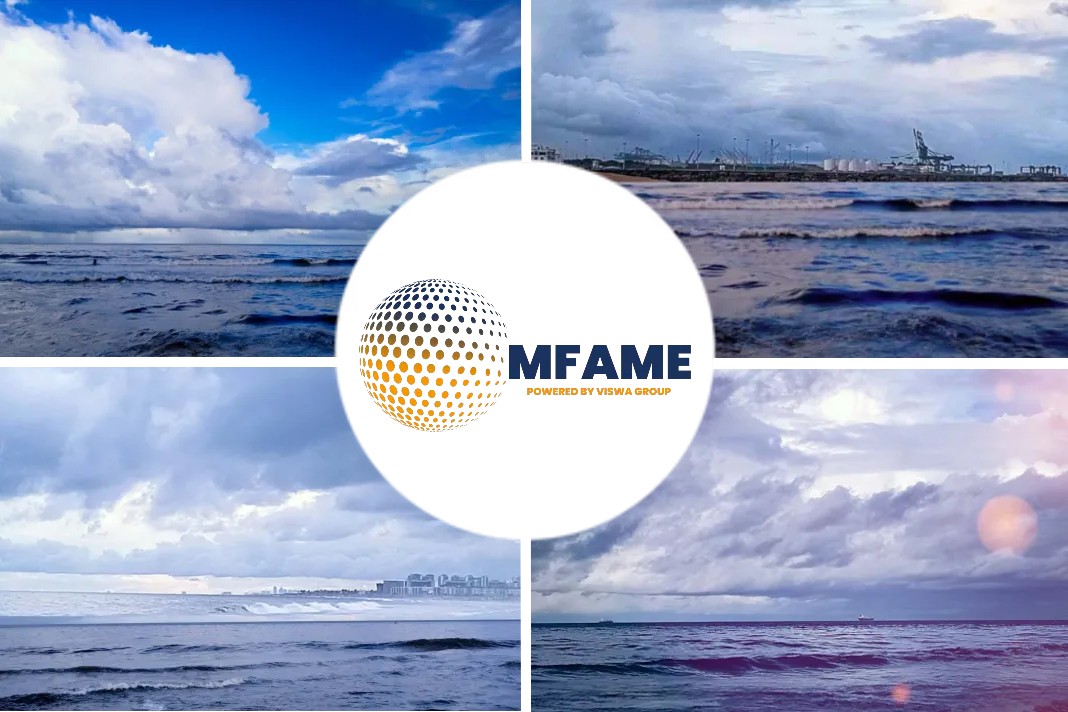Background
The framework for accident investigation in the EU is set out in Directive 2009/18 EC. The EU Member States each have accident investigation (AI) bodies which are established to be independent of potentially interested parties, including the maritime administration.
The AI bodies work within the Permanent Cooperation Framework (PCF) to establish common practices including a taxonomy for describing accidents and incidents. EMSA supports their work within PCF and the taxonomy has become the heart of the EMSA-run European Maritime Casualty Information Platform (EMCIP). In the short time since it was established, the Member States’ accident investigation bodies have populated EMCIP with details of over 12 000 accidents and incidents and the conclusions of 584 investigations.
Every year EMSA uses the data in EMCIP, analysed according to the taxonomy, to publish the Annual Overview of Marine Accidents. The full overview is available for download from EMSA’s website but a selection of the data has been extracted and is included in this brochure.
The scope of the AI Directive, and hence of the work of the AI bodies and of the data within EMCIP, covers all accidents and incidents that have an EU interest. This is described in the Directive as casualties and incidents that:
- involve ships flying the flag of one of the Member States
- occur within Member States’ territorial sea and internal waters as defined in UNCLOS, or
- involve other substantial interests of the Member States (for example, involve EU citizens).
Around 85 % of the ships involved in casualties and incidents recorded in EMCIP are EU Member States flagged.
Overview of key figures for 2015

Did you subscribe for our daily newsletter?
It’s Free! Click here to Subscribe!
Source: European Maritime Safety Agency

















Your title and conclusion is misleading. This is not 85% of all accidents on all ships at a worldwide level but 85% of accidents that have been investigated or recorded and have EU interests involved.